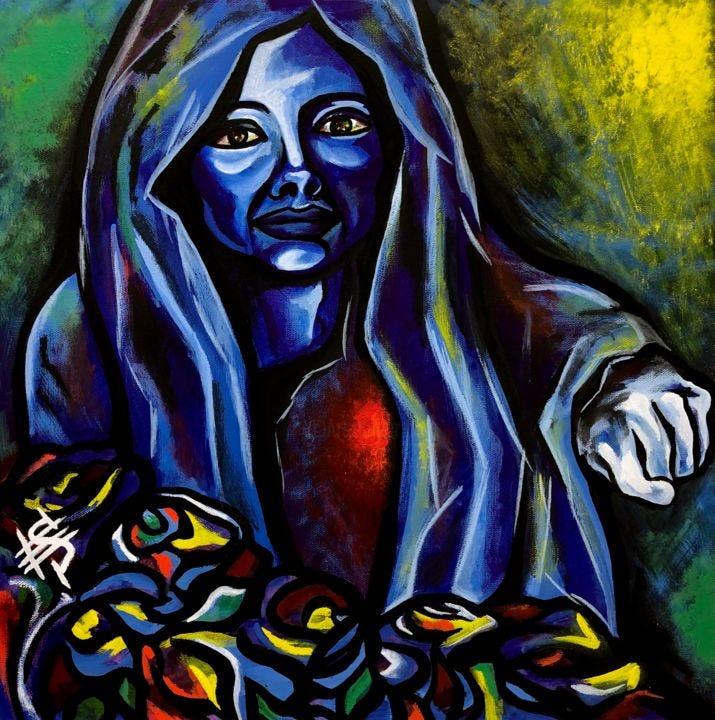Judaism As We Know It
A particular animal, unblemished and meeting exact standards, given to a priest to sacrifice in a prescribed way on the altar. That is not Judaism as we know it, even though this form of worship is central to the world of the Torah.
Instead we inhabit Judaisms based on the great tectonic shift created by the destruction of the Second Temple at the hands of the Romans. As the heart of Jewish life was about to be ripped out, a visionary leader made the choice that helped to create Judaism as we know it. Rabbi Yochanan Ben Zakkai snuck out of the city under siege and secured a promise from future emperor Vespasian to spare the coastal city of Yavneh as a new center of Jewish life.
Not the Jewish life that was defined by Temple rituals and hierarchies but Judaism as we know it, rooted in the teachings of sages and oral traditions, not bound to one place and not defined by Levitical hierarchies.
Judaism as we know it and even more so, Judaism as we now live it is built around Torah as an entry point and over the generations, in different communities that entry point has become even more accessible. The sacrifices, the blood on the altar has been replaced by prayer. While animals could be burnt in entirety by an intermediary, now each person is called to direct contact with the divine through prayer.
The emphasis on the animal’s lack of defect and conformity has been transmuted to a recognition of the most unique offering - our heart - never without blemish and known by its brokenness. Our different make-up both physically and spiritually does not disqualify our service but instead make our offering that much more precious.
Judaism as we know it, while it may still suffer from benighted inequalities, is not built on special classes and allowances. Unlike the precincts and practice of the priestly castes, anything a Rabbi can do can be learned and done by another Jew. We are told in the Talmud that a person who enters the Jewish people with no lineage and learns Torah may hold a higher place than the one who inherits the diadem of the High Priest.
Judaism as we live it today moves farther and farther from the landlocked ritual of the Temple standing at the center even as we weave the poetic longing for returning there into our prayers. Yet it is the prayers, with and without words, melodious or shouted in desperation, that fulfill the prime directive of our relationship with G*d: Rachmana liba ba
i G*d wants the heart.
Our heart, each of our hearts, unique in
our scars and shortcomings as much as our passions and accomplishments. Hearts coursing with blood that is not meant to be spilled on the altar. Hearts that live life as we know it.



